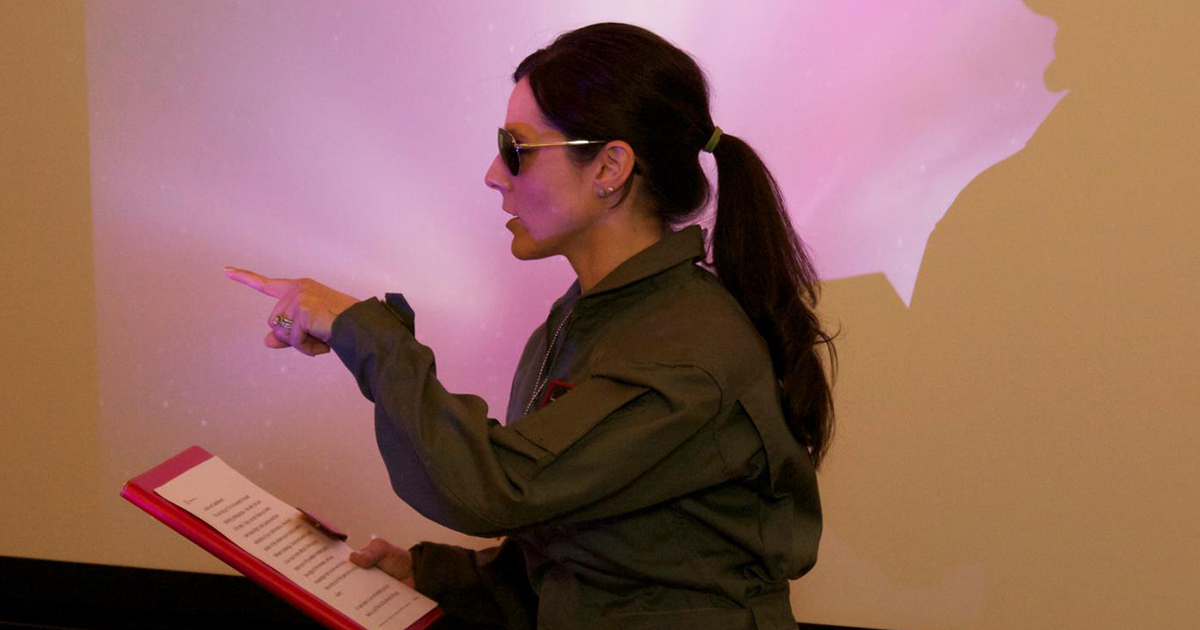Improve Your Small-Group Presentation Skills
06.28.22 · Ashley Bowen Cook
Most of us will do many more small-group presentations in our life than standing in front of a large crowd. Whether you’re presenting to an internal team or a group of shareholders, here are a few suggestions to keep your audience engaged and your points remembered.
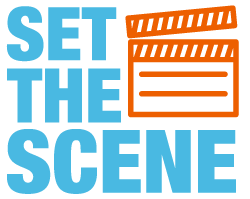
Provide an overview of what you’re going to say. Set the scene. You don’t have to have a formal speech written out, in fact, please don’t do that. People will tune out. But you shouldn’t completely wing it. Jot down an outline of key points, even if you don’t refer to them when you’re talking. They will help you make a mental map and ensure you hit the points you want to make. It will also help you make them quicker. You will ramble less.
Establish yourself as an expert. But do it quickly. People want to learn from you. Not listen to your life story, though I’m sure it’s fascinating.
Ask if anyone has an experience to share. This invites participation and immediately makes it more of a conversation than a presentation. This kind of discussion can enrich the presentation by making it more relevant and real. Just don’t lose control. Manage your time and move on when you need to.
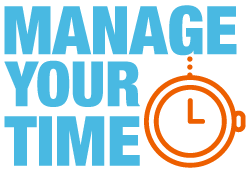
Present the material. Clearly, concisely and in a manner that helps people remember your message later. That can be through bold visuals, props, a listing of your top three to five points, and through stories. We remember anecdotes, the more personal the better. “I witnessed… I experienced…”
Modulate your energy level to capture and maintain attention. Provide variety. Raise and lower your volume to create interest and emphasize key points. Enunciate so people don’t have to strain to catch your words. Show your enthusiasm.
Help people understand the relevance of what you’re sharing. If something appears to have no connection to you, you’ll tune it out. Find commonality. This requires an understanding of your audience. Why should they care about what you say? Answer that question in your presentation.
Think about what your audience needs and wants to know. The curse of knowledge can make us blind to key points we should make but don’t. Put yourself in their place.
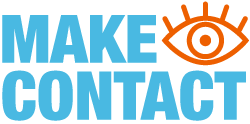
Watch your audience. Make eye contact. Ensure people are engaged. Pick up on cues people may be sending. Are they acting restless? Checking the time? Even worse, nodding off?
Leave ample time for Q&A. Too often we squander the front end of our presentation with useless chitchat or meandering, then scramble and cut things short toward the end. The question-and-answer period can be the most important part of your presentation. Don’t give it short shrift.
Open your Q&A by asking, “Before I close, do you have any questions?” This lets people know you will remain in control and you will close the session on time, not simply trail off. Always repeat questions to ensure everyone heard it – and that you heard it correctly, too. This also buys you a little time to formulate your answer.
If you get unfriendly or combative questions, answer them as factually as you can and move on. Same thing with soft questions. If someone asks something that doesn’t advance understanding or add anything new, don’t spend any more time on those than you need to. Try to add some new information then move on.
Close by repeating your key points. Thank your audience and provide your email or a link where attendees can download your presentation or resources or follow up with you individually. Do all this and your next presentation ought to be a winner.

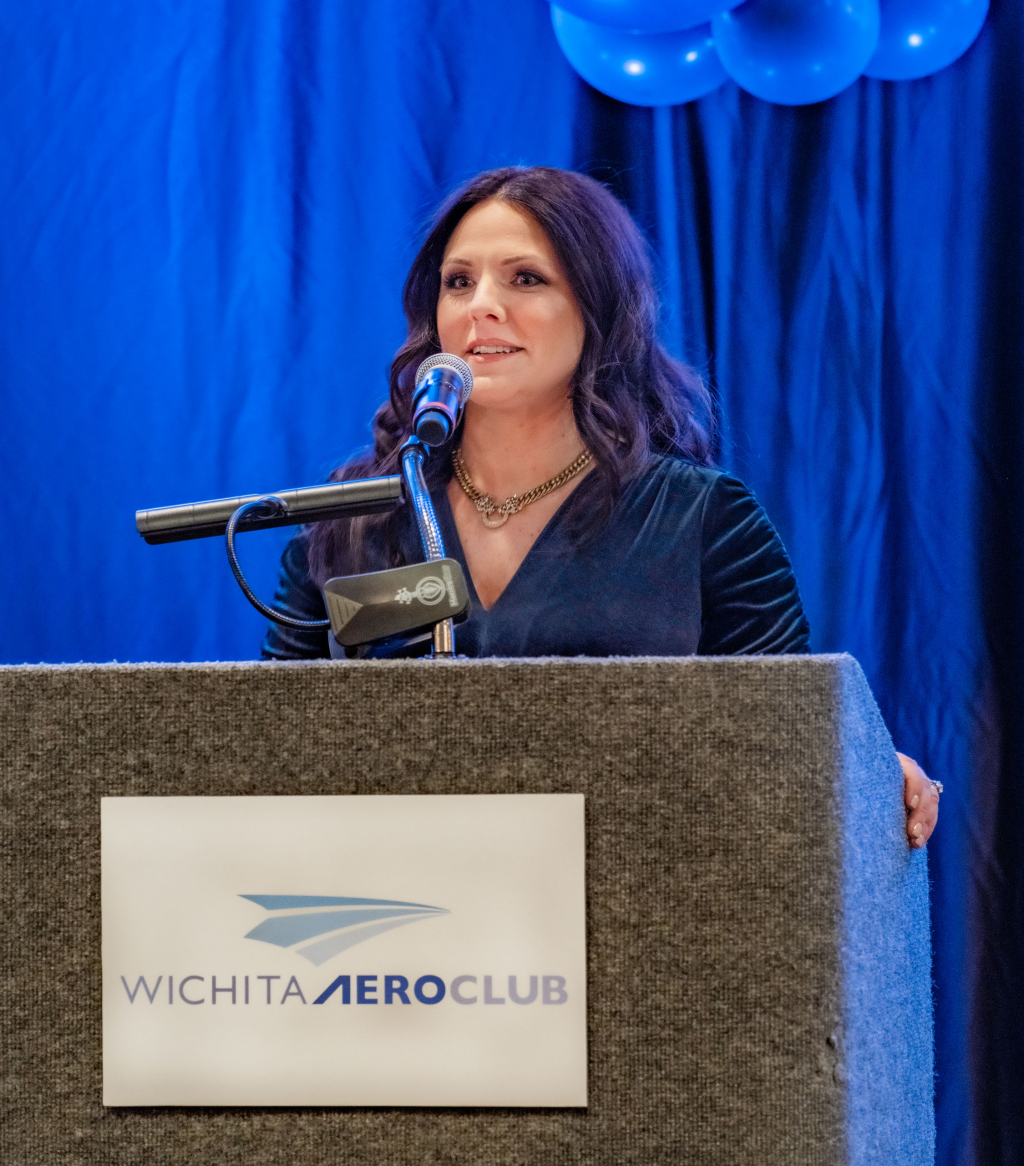
This column ran in the August 10th issue of BlueSky Business Aviation News.
